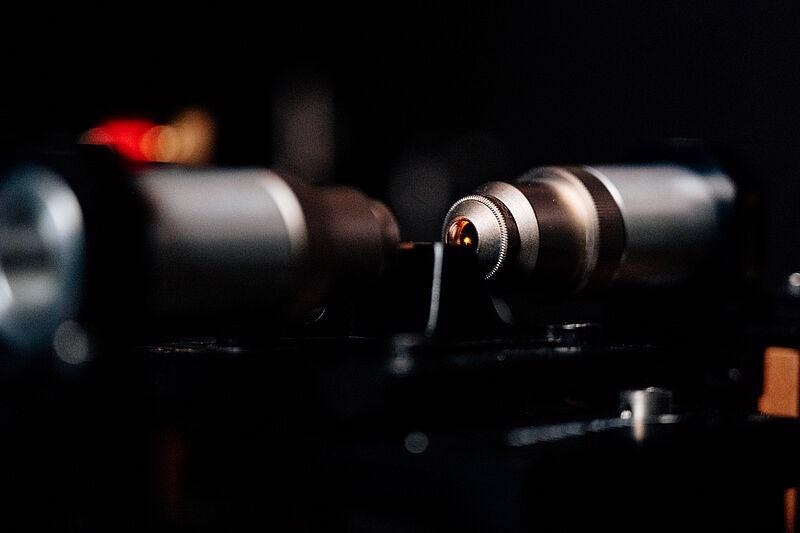Jan 6 2021
At Paderborn University, scientists have created a new technique for distance measurement that can be used in systems such as GPS. The technique realizes more accurate results like never before.

Image Credit: Paderborn University, Besim Mazhiqi.
Led by Professor Christine Silberhorn, a Leibniz Prize winner, the team of researchers used quantum physics to successfully overcome what is called the resolution limit, which makes the 'noise' that may be observed in photos, for instance.
The study results were published recently in the academic journal Physical Review X Quantum (PRX Quantum). In Physics, the online magazine from the publisher, the study has even been highlighted with an expert Viewpoint—an honor given to only some selected publications.
Dr Benjamin Brecht, a physicist, elucidates the resolution limit problem as follows:
"In laser distance measurements a detector registers two light pulses of different intensities with a time difference. The more precise the time measurement is, the more accurately the distance can be determined. Providing the time separation between the pulses is greater than the length of the pulses, this works well."
Dr Benjamin Brecht, Physicist, Paderborn University
Brecht also added that problems emerge, however, if the pulses tend to overlap: “Then you can no longer measure the time difference using conventional methods. This is known as the ‘resolution limit’ and is a well-known effect in photos. Very small structures or textures can no longer be resolved. That’s the same problem—just with position rather than time.”
According to Brecht, another challenge is to find the different intensities of two light pulses, simultaneously using their arrival time and the time difference. However, this is precisely what the researchers have managed to achieve—“with quantum-limited precision,” added Brecht.
The Paderborn physicists collaborated with colleagues from the Czech Republic and Spain and could measure these values when there was a 90% overlapping of the pulses.
"This is far beyond the resolution limit. The precision of the measurement is 10,000 times better. Using methods from quantum information theory, we can find new forms of measurement which overcome the limitations of established methods."
Dr Benjamin Brecht, Physicist, Paderborn University
In the future, the outcomes of this study could enable major advancements to the precision of applications like GPS and LIDAR—an optical distance and speed measurement technique. However, more time may be needed before this technology is ready for the market, noted Brecht.
Journal Reference:
Ansari, V., et al. (2021) Achieving the Ultimate Quantum Timing Resolution. PRX Quantum. doi.org/10.1103/PRXQuantum.2.010301.